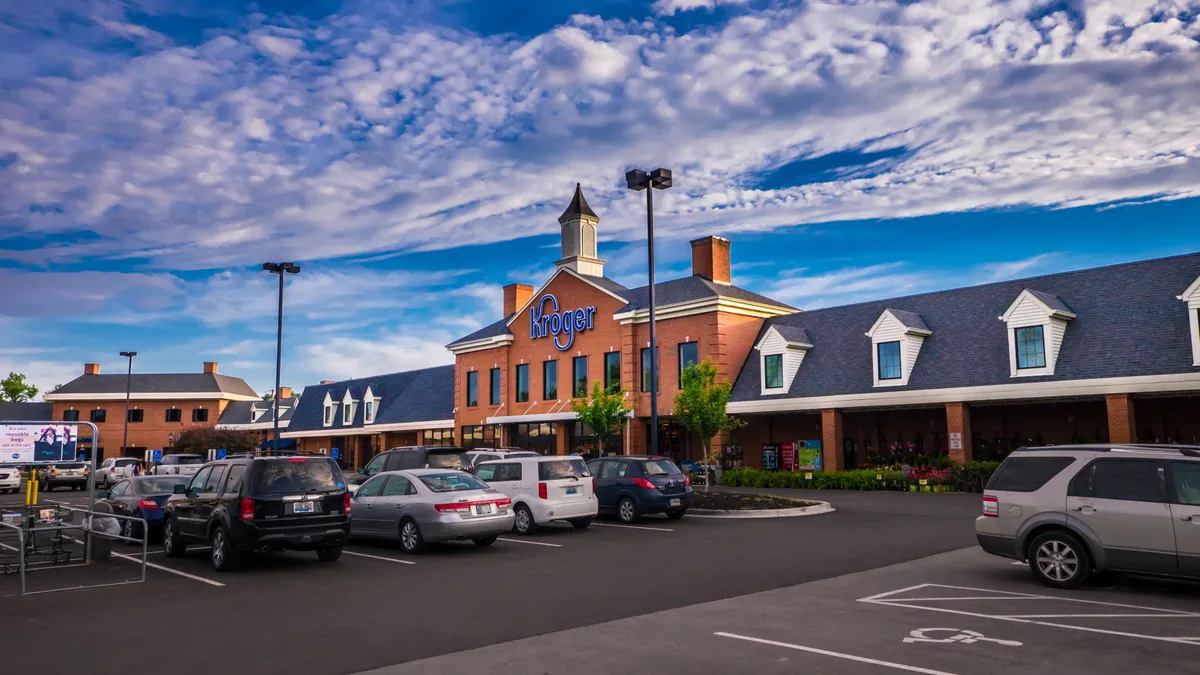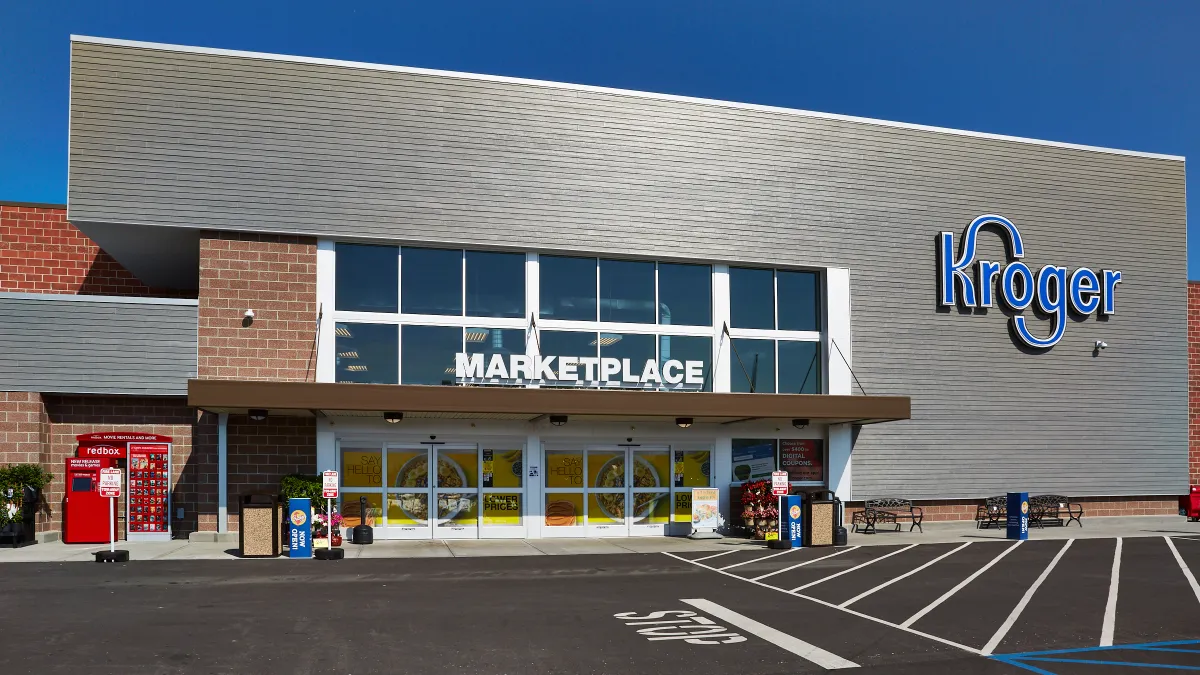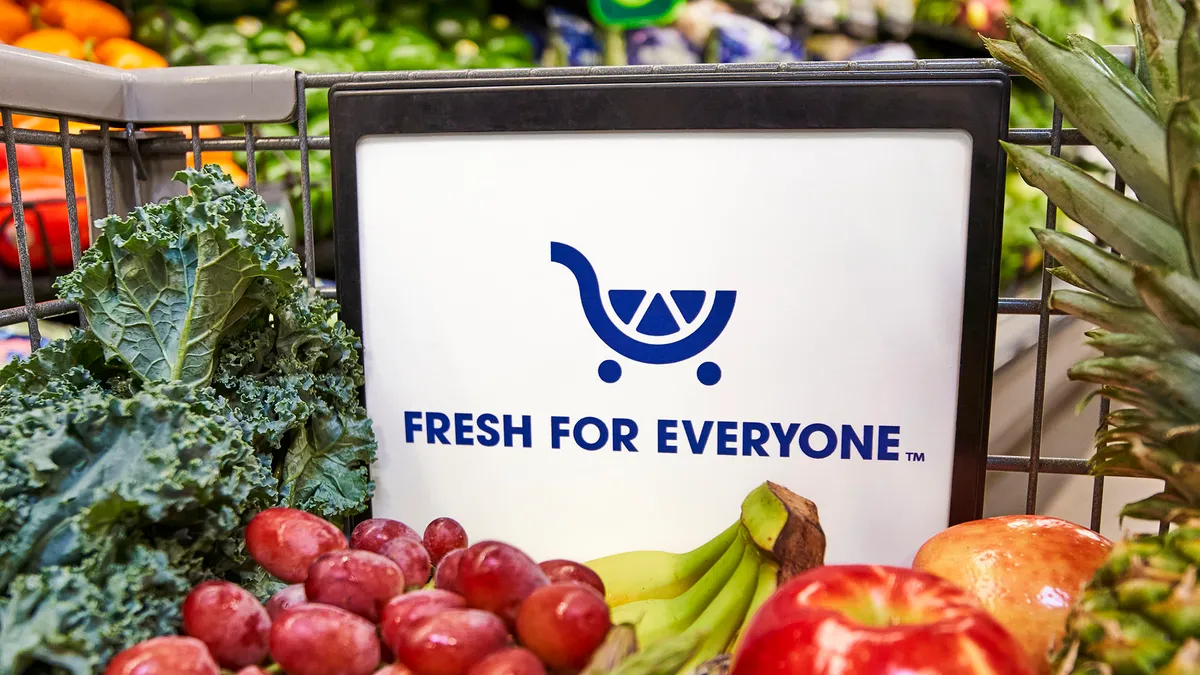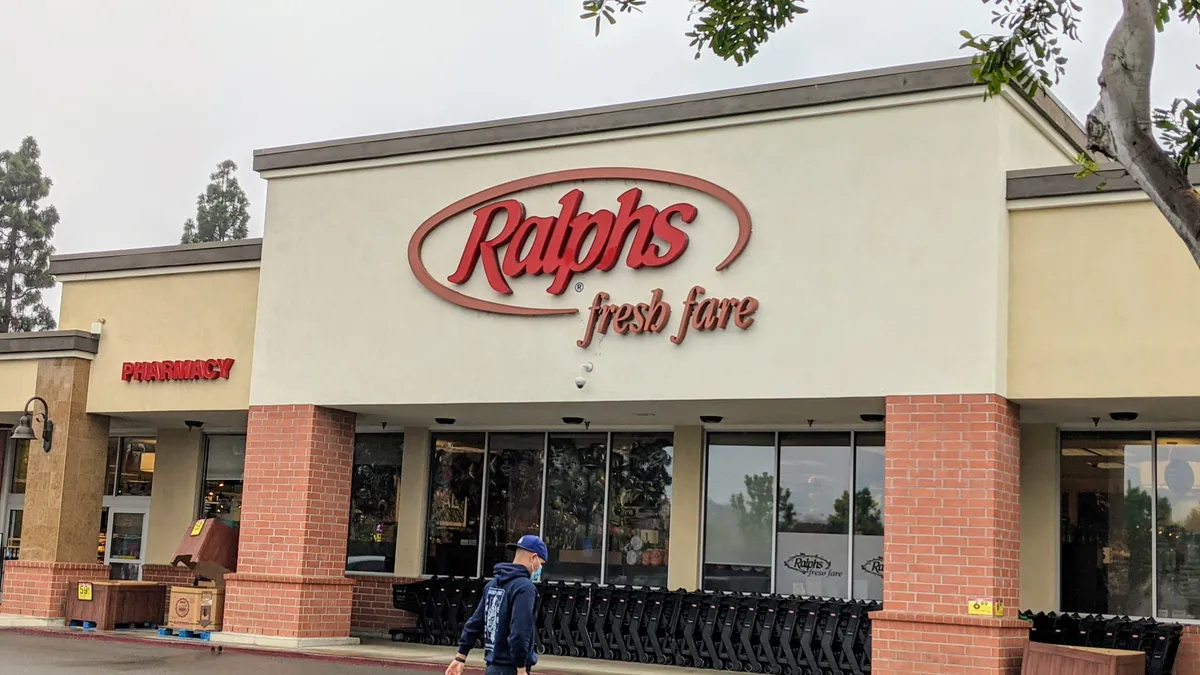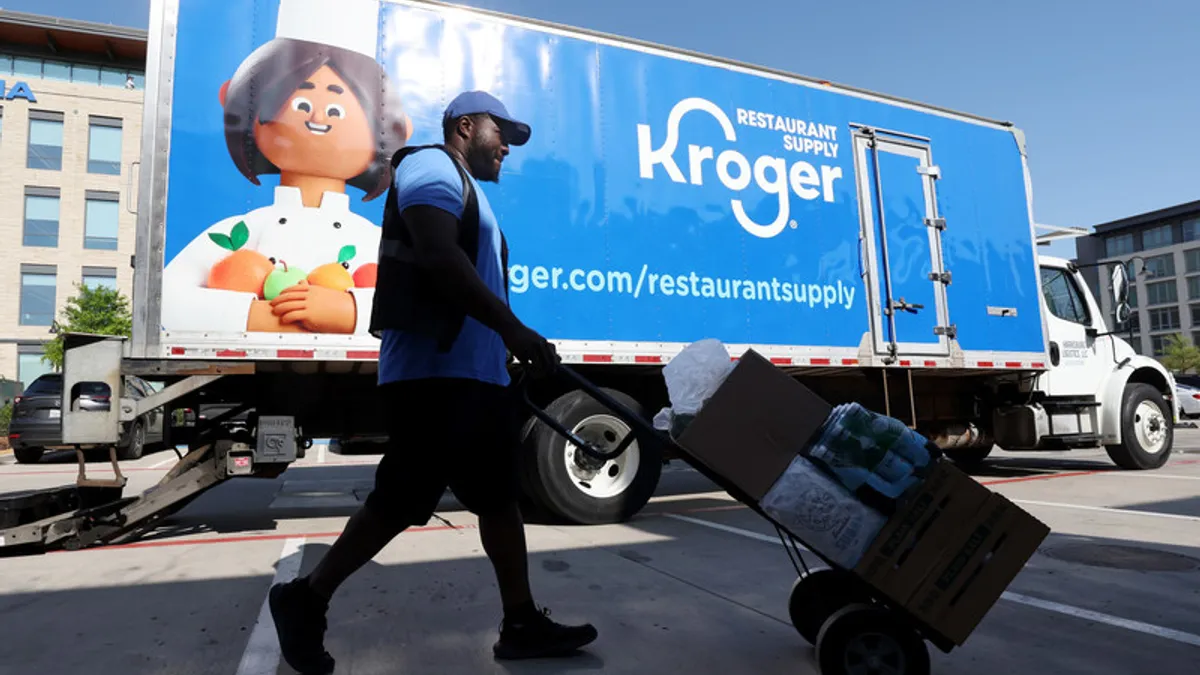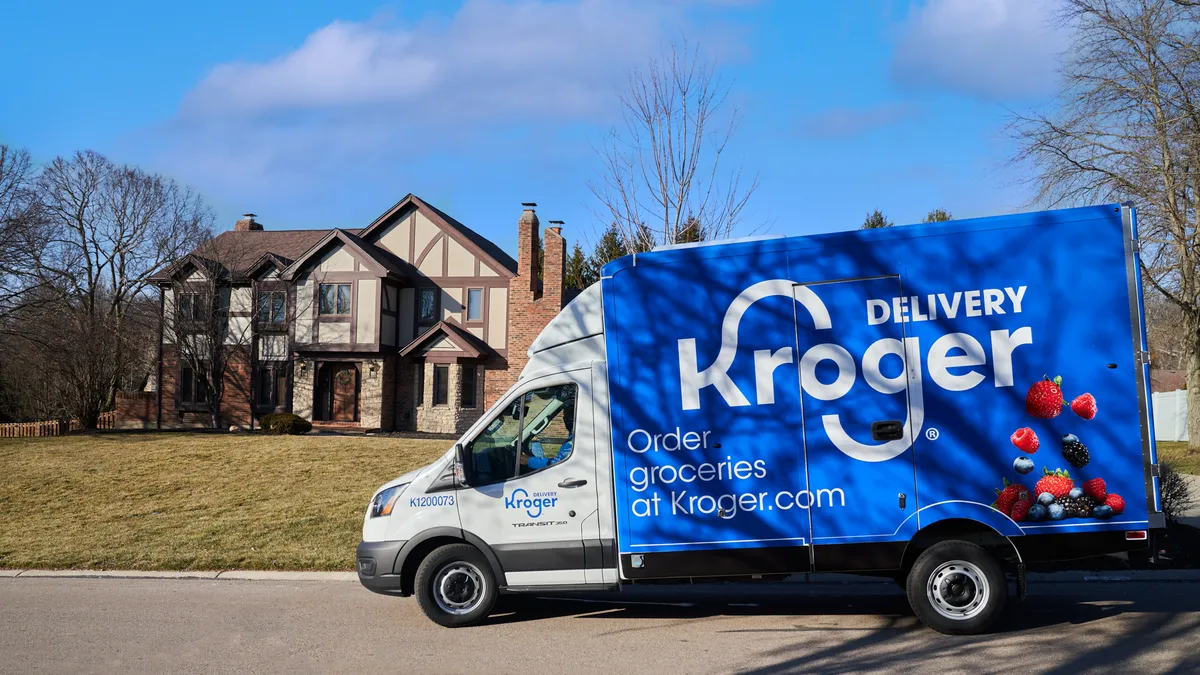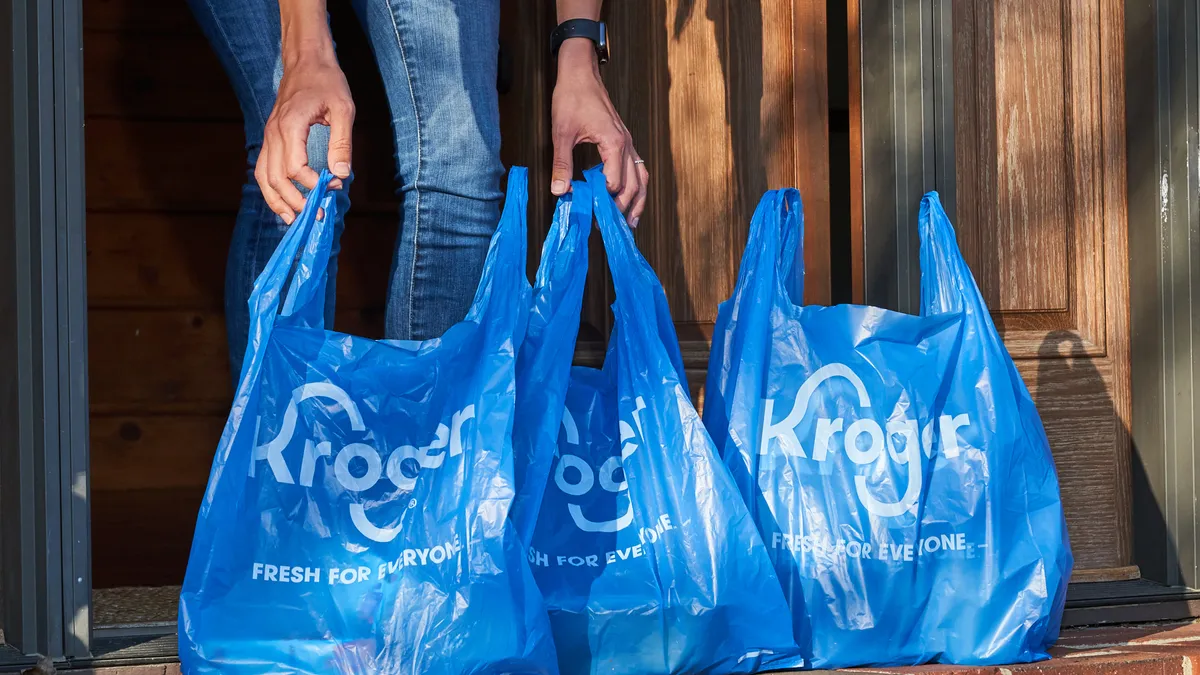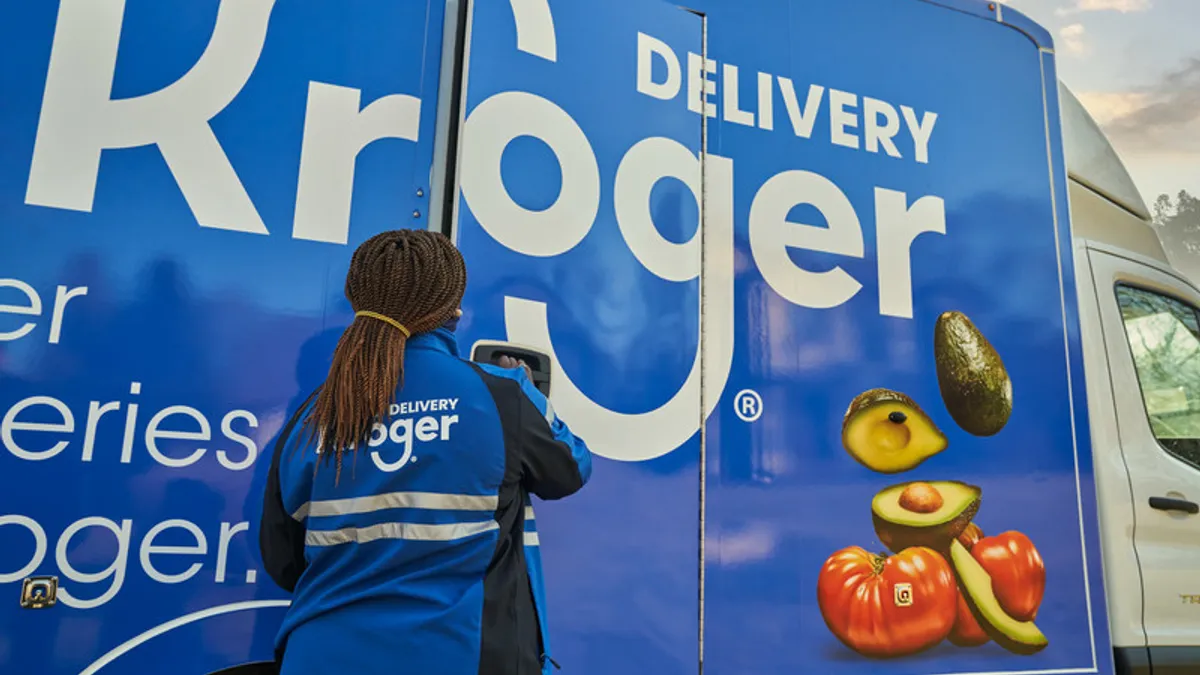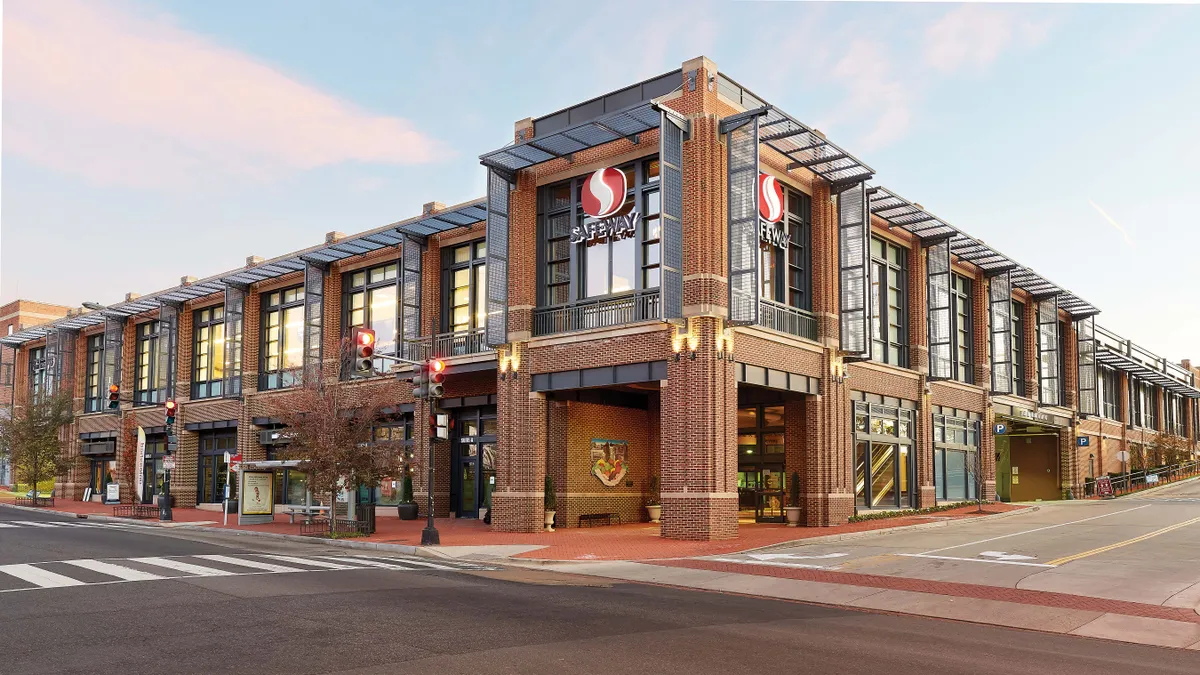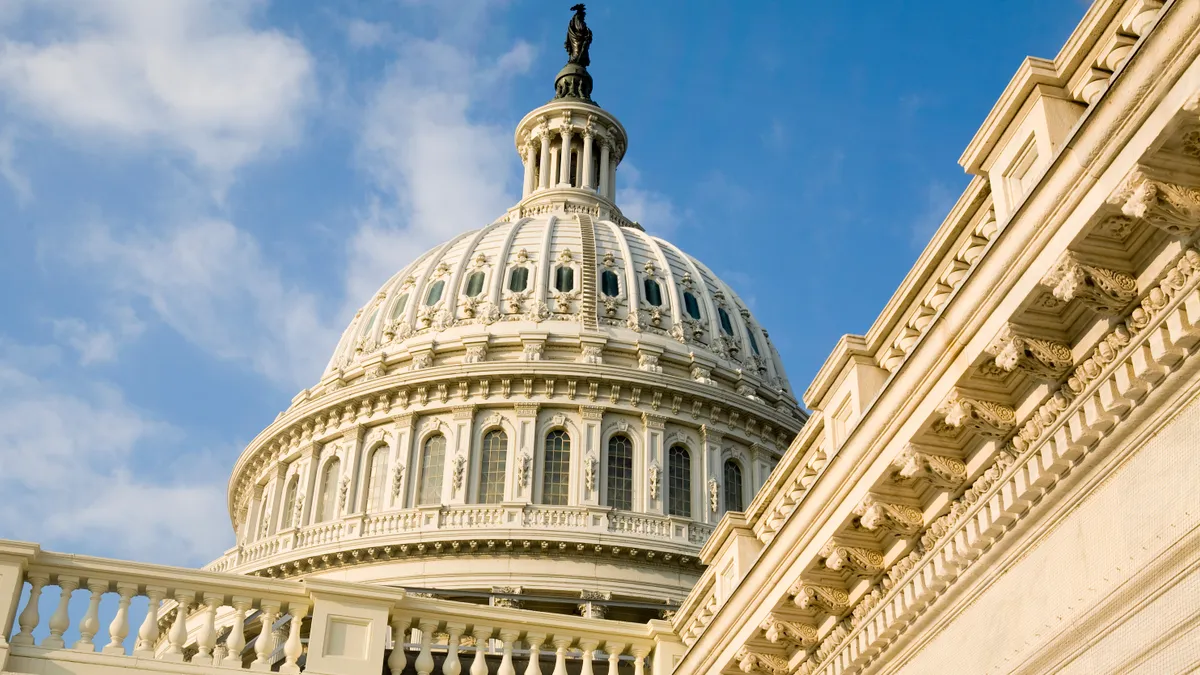David Ritter is a managing director and Conor Gaffney is an associate in the Consumer & Retail Group of Alvarez and Marsal, a global professional services firm focused on business performance transformation.
Kroger and Albertsons recently shocked the retail world by announcing a nearly $25 billion arrangement that will combine two of America’s top grocers and result in a national network of 5,000 stores and annual revenue of about $200 billion. While a deal of this size and scale is likely to receive a significant amount of regulatory scrutiny, the two sides appear to be moving full steam ahead.

Beyond its sheer scale, the deal is a landmark event in the world of grocery, as it enables Kroger’s world-class omnichannel capabilities (including Ocado) and Kroger Precision Marketing expertise to be scaled across Albertsons’ full network. It also brings together over 2,000 convenience stores to create a seamless retail ecosystem across 48 states. Leaders from both organizations touted $500 million in potential synergies with a desire to pass those savings along to end consumers in the form of lower prices — a scary proposition for regional grocery competitors.

A deal of this scale is not without risk and complexities. For the newly merged company — which will represent the largest grocery merger in a generation — leaders will need to work through some of the typical challenges of mergers and acquisitions, albeit on a monumental scale. Many of the most complicated integration activities include combining two of the biggest buying organizations in the industry, strategically remapping the retail footprint to account for store divestitures, working through extensive technology integrations, and aligning, prioritizing, and executing revenue-driving and cost-saving initiatives and synergies.
Key executives will need to dedicate themselves to driving these initiatives — potentially creating near-term execution issues and presenting an opportunity for regional grocers to prepare.
For regional grocers with savvy leadership teams and the ability to quickly pivot ahead of this massive market disruption, there is a real opportunity not only to achieve short-term wins, but also to prepare to compete with the newly formed mega-grocer. There are a few things that regional grocers should immediately begin to action:
Move aggressively to acquire stores in the divestiture process
Early indications are that Kroger and Albertsons will need to divest a substantial number of stores in areas where both grocers have a large presence in order to comply with federal antitrust law. The exact number of stores is still to be determined, but the initial filing indicates that the new company would be willing to divest up to 650 stores nationwide. This presents a unique, once-in-a-generation opportunity for regional grocers to expand their footprint at the expense of the mega-grocer — the chance to acquire high-performing stores in a situation where Kroger-Albertsons has no option but to sell.
Invest heavily in pricing/promotions analytics and market intelligence capabilities
History has shown that mergers don’t always have the significant impact on consumer prices that executives tout as rationale for mergers. That said, Kroger has a long history of cutting costs and reinvesting those savings in lower prices for the end consumer. Kroger has strong pricing and promotions analytics capabilities, which often enable them to have sharp pricing on the key customer value perception drivers while having higher background prices.
In order to prepare for more intense price competition, it is essential for regional grocers to invest in pricing analytics to monitor the environment and nimbly adjust their pricing to meet the needs of the consumer. If the new mega-grocer is able to more aggressively lower prices due to their scale, it will be critical for the regionals to have the market intelligence in place to respond swiftly and know where to invest.

Embrace the “regional” in regional grocery to build customer loyalty
Regional grocers are generally in better touch with consumers in their area. Being closer to consumers and the brands they love can provide a distinct advantage over out-of-touch mega-grocers, since regional grocers can offer an optimized product assortment with the innovative regional brands.
Regional grocers should lean on what they do best — offering superior quality and customer service, which can often go unnoticed by “the mega guys” in a complex post-merger environment. Regional grocers can use Kroger-Albertsons’ scale against them by offering outstanding service and high-quality local/regional products that drive loyalty among the consumer base.
Strengthen your bench and capabilities at their expense
The mega-grocer is likely to push to capture synergies through job consolidation and layoffs, creating a massive pool of skilled employees looking for work. It is very likely that Kroger-Albertsons will have invested heavily in training and building the capabilities among this now-redundant employee base. Regional grocers should look to acquire the best of this talent, many of whom hail from Gen Z and value personal connection and flexibility in their work life, which can often be harder to find at a larger company.
Large-scale M&A and consolidation in any market can create headaches for the smaller players. From a lack of scale with suppliers to difficulties keeping up with the capital investment required to compete in technology, regional grocers will feel pressure to keep up. Despite these challenges, leaders should not be so quick to press the panic button. Instead, regional grocers should take a step back and evaluate their options.
Taking the time to objectively evaluate the situation will reveal nuanced opportunities to succeed — and even grow — in a post-merger grocery environment. Those who are creative and nimble enough to do just that will, indeed, find themselves on the right side of this massive disruption.


